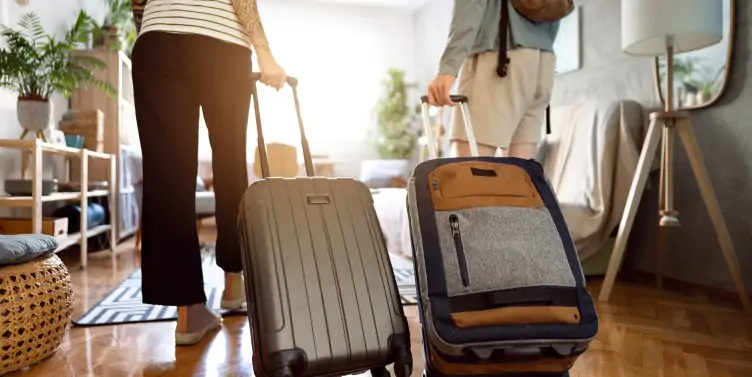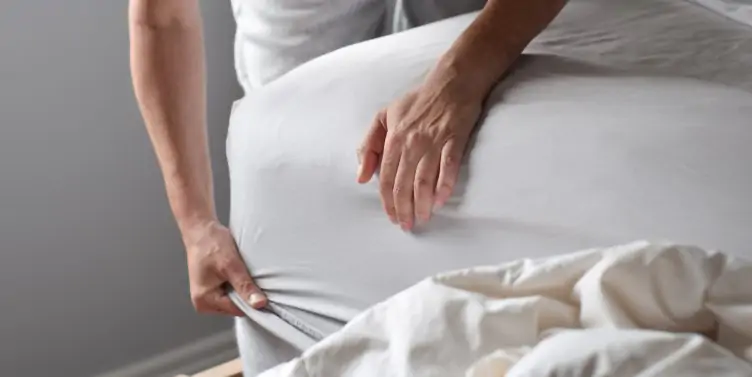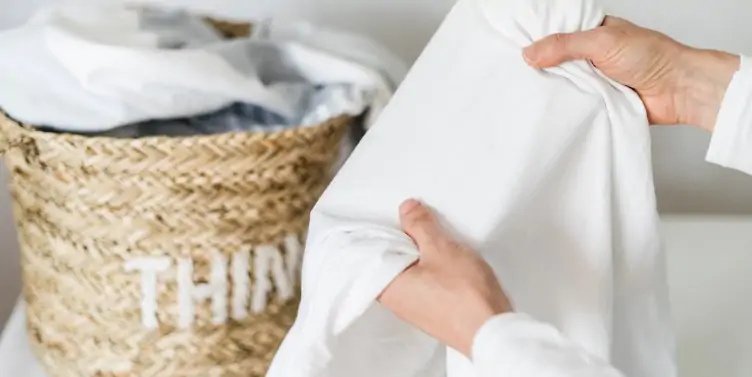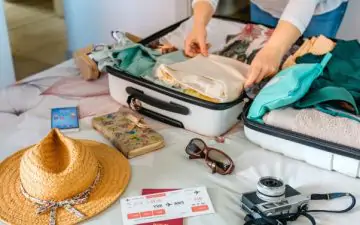Banish the bedbugs: How to stay protected during your travels
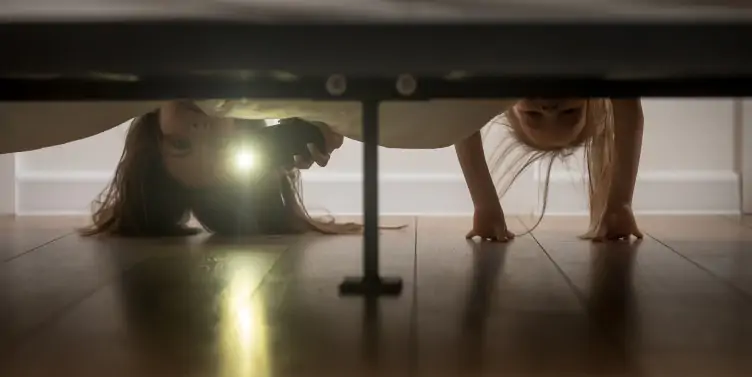
If you’ve been keeping an eye on the news lately, you might have noticed some alarming headlines about a bedbug epidemic, particularly in Paris. But don’t let this little critter ruin your holiday plans. Here’s the lowdown on what’s happening and how you can protect yourself.
- What’s happening?
- What are the high-risk locations for bedbug infestations?
- How can I pack my luggage to prevent bedbugs?
- Inspecting your hotel room for bedbugs
- What should you do if you find bedbugs on holiday?
- How can I treat bedbug bites while on holiday?
- How to disinfect luggage after returning home from a trip
The bedbug invasion: what’s happening?
Bedbugs are small, pesky insects that feed on human blood, and they’re notoriously difficult to get rid of. Recently, Paris has been experiencing a surge in bedbug infestations, which has understandably sparked worry among both locals and tourists.
The infestation has reached such a level that mattresses are piling up on Paris streets, and the French government is battling to contain the panic just months before the Olympic Games.
What are the high-risk locations for bedbug infestations?
Now, it’s important to remember that bedbugs aren’t exclusive to Paris or even big cities. They can be found all over the world. Their presence isn’t always a sign of poor hygiene or subpar living conditions. It’s also worth noting that they don’t transmit diseases, but their bites can cause itchiness and discomfort.
While these little pests can be found anywhere, there are some places that have a higher risk of bedbug infestations. These include hotels, hostels, and rental accommodations where there is a high turnover of guests. It’s always a good idea to do your research on the hygiene and cleanliness standards of your accommodation before booking.
Before booking a hotel, check online reviews for any mentions of bedbugs. If you see multiple reports, it’s probably best to avoid that place!
How can I pack my luggage to prevent bedbugs?
- Start with a thorough inspection of your luggage before packing. Check for any signs of bedbugs such as live bugs, fecal stains, or shedded skins. If you spot any, treat your luggage or think about replacing it.
- Use hard-sided luggage if possible. Bedbugs are less likely to make their way through hard surfaces compared to soft-sided bags.
- Before packing, make sure all your clothing and belongings are clean and dry. Bedbugs are attracted to dirty or soiled items, so wash everything before traveling.
- Think about using bedbug-proof luggage liners or packing cubes. These can give you an extra layer of protection against bedbugs.
- Pack your belongings in sealed plastic bags or ziplock bags. This can help contain any potential bedbugs and prevent them from spreading to other items.
Inspecting your hotel room for bedbugs
Step right into your hotel room, but don’t get too comfortable just yet. It’s time to put on your detective hat and do a thorough bedbug inspection. Don’t worry if you’ve never done this before – we’ve got you covered with some simple steps.
- Start with your luggage: First things first, don’t put your luggage on the bed or carpet. Use a luggage rack, preferably a metal one – bedbugs dislike slick, cold surfaces. This keeps them from hitching a ride on your belongings while you inspect the room.
- Grab a torch: Bedbugs are elusive creatures, and a torch (your phone’s will do just fine) can help spot them or their tiny, dark droppings.
- Check the bed: Strip the bed down to the mattress and check all the seams and crevices. Pay special attention to the corners. You’re looking for the bugs themselves (small, reddish-brown insects), as well as their dark droppings or blood spots on the sheets.
- Inspect the furniture: Bedbugs don’t confine themselves to beds. Check any upholstered furniture, curtains, and the areas around the furniture. Don’t forget to look behind headboards and picture frames, and even in books!
- Examine the wardrobe: Before hanging up your clothes, inspect the wardrobe, checking the corners and shelves.
- Look in less obvious spots: Bedbugs can also hide behind loose wallpaper, in the corners of the carpet, and in the joints of drawers.
What should you do if you find bedbugs on holiday?
If you find bedbugs on holiday, speak to the manager immediately and ask for a new room. Make sure the new room is not adjacent to or directly above or below the infested room.
And remember, while the current bedbug situation in Paris might seem overwhelming, it’s not a reason to cancel your travel plans. With awareness, vigilance and the right precautions, you can make sure your trip remains a bedbug-free experience.
How can I treat bedbug bites while on holiday?
If you do end up with a few bedbug bites, don’t panic. The bites may cause some itching and discomfort, but they’re not dangerous. You can try applying cold compresses or using over-the-counter antihistamines to ease the symptoms.
If the itching persists or if the bites become infected, seek medical attention. It’s always a good idea to travel with a small first aid kit, so you’re prepared for any minor emergencies like this. It will also save you the extra cost and time of finding the medicine you need while on holiday.
How to disinfect luggage after returning home from a trip
After returning home from your trip, it’s important to properly disinfect your luggage to prevent any bedbugs from hitchhiking their way into your home. Here are some steps you can take:
- Vacuum thoroughly: Before unpacking, vacuum the inside and outside of your suitcase or travel bag to remove any potential bedbugs.
- Use hot water and high heat: Wash all your clothing in hot water and dry on high heat. This will help to kill any bedbugs that might have caught a ride.
- Treat with insecticide: Use an insecticide spray specifically designed for bedbugs to treat your luggage before storing it away.




